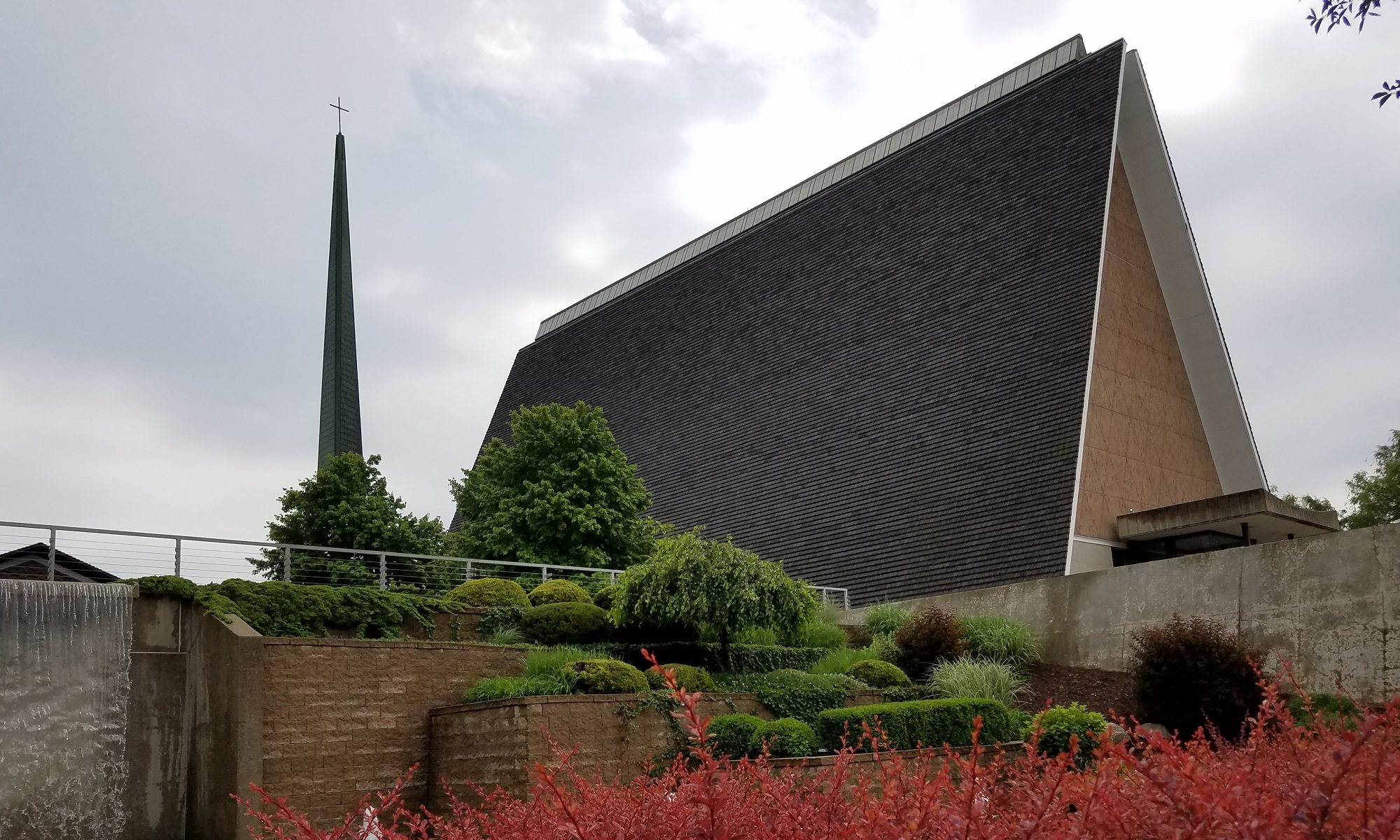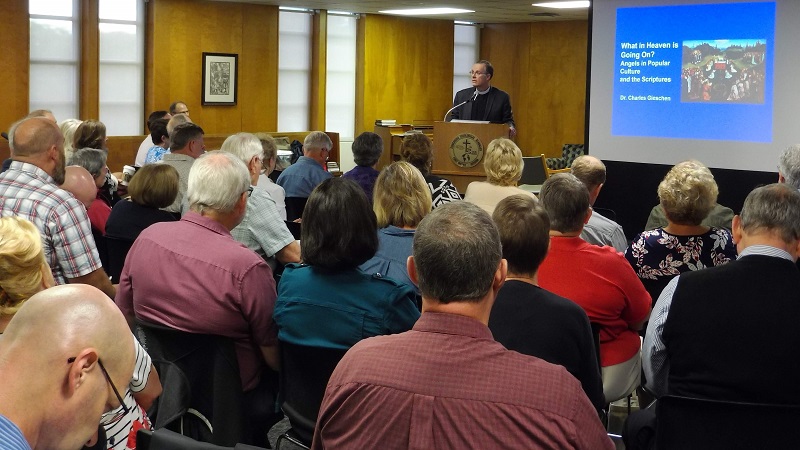
The title for this past weekend’s retreat, “What in Heaven Is Going On?” was taken from a tagline from a 1993 Time Magazine cover: “69% of Americans believe in angels. What in heaven is going on?” Dr. Charles Gieschen, Academic Dean at CTSFW, began with an overview of the misplaced spirituality of angels in popular culture and how we should view them through the lens of Scripture. “When there’s this fascination with the angels, sometimes what’s lost is the access to God—the immediate access to God through Jesus Christ,” Dr. Gieschen added. “The proper focus (the focus of all the good created angels) is their Creator.”
To get angels right, we go to Scriptures. The word “angel” means “messenger,” and not every messenger in the Bible is the created angelic being we automatically imagine. “We get off base if we think the term angel means somebody who has wings who is created. As a matter of fact, a lot of the angels or messengers that appear in the Bible do not have wings. There are some places where you do have angelic beings, created angelic beings, that are depicted with wings (seraphim, Revelation 4), but most of the time when an angel appears, that angel appears in the form of a man—and sometimes a rather imposing looking man.”
This gets to another truth. An angel in the Bible can refer to one of three possible identities: 1.) God Himself; 2.) created spiritual beings; or 3.) human beings.
When the “Angel of the Lord” refers to God, this is always the Son (the pre-incarnate Son in the Old Testament), since He is the visible image of God. This is clear from John 1:18 and John 6:46—that no one has seen the Father except for the Son. The pre-incarnate Son is the angel of the Lord that calls out to Hagar in Genesis 16, to stop Abraham from sacrificing Isaac, who wrestles with Jacob (called here, simply, “the man”), announces Samson’s birth (His identity evidenced by the fact that He accepts the offering from Samson’s parents), and the story of Balaam’s donkey, to name a few.
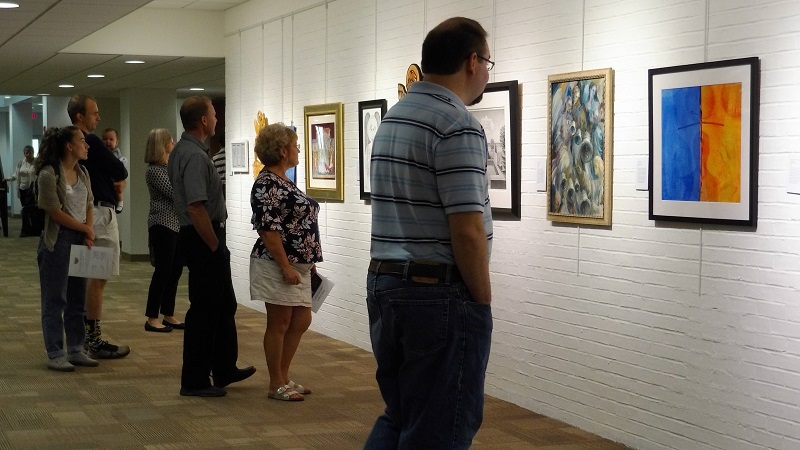
The created angelic beings are genderless and not always winged. Only two angels are named in the Bible (Gabriel and Michael), though there are a myriad of unnamed angels. Gabriel is the mouthpiece of the Holy Spirit while Michael is the protector of God’s people, which is why he’s always depicted in art with a sword (though the sword is not necessarily literal; the Word of God is also referred to as a two-edged sword). They serve as messengers/spokesmen (Luke 1:26-28); protectors (Psalm 91:11-12); worshipers (Isaiah 6:1-4; “They are the guide and model of how the creation should worship the Creator,” Dr. Gieschen explained. “They naturally and repeatedly acknowledge the Creator who has given and brought them life, who is the source of goodness and love, the natural response to which is praise and adoration.”); and enforcers of judgment (Revelation 12:7-12).
The devil (Satan/Lucifer/the ancient serpent) is a fallen angel as are his followers, referred to as evil spirits, demons, principalities, and powers. At the beginning of creation, everything was declared good, which would have included all things invisible (Genesis 1:1-2). At some point, however, a rebellion followed, about which the Bible says only a little. Isaiah 14:12-17 briefly explains that Satan led a rebellion in heaven and Revelation 12:4 speaks of how a third of the angels rebelled. “The futility of that rebellion was utterly clear to all the rest,” Dr. Gieschen said. “No rebellion ever followed again. At that point, the ranks of the angels were fixed.
Though he would like people to think so, Satan is not a counter god to God. He is a defeated created being and Michael is the enforcer of the victory of Christ upon Satan. “Christ won the victory through His blood, He won it on earth, so Michael and the good angels enforce that victory upon Satan and the evil angels,” Dr. Gieschen explained. “Once that happened—Christ’s atoning—they can no longer come into the presence of God and accuse believers.” We can also, in Christ, exercise power over Satan. “The one being we can truly tell to go to hell,” he added. To understand these created beings, you must keep the centrality of Christ among the angels. They work in service to the true God and should only be properly viewed in that light.
As to the third type of angel, human beings referred to as angels of the Lord include the prophets Hagai and Malachi—human messengers of the Lord. Pastors too are messengers, and can be properly referred to as angels. In the context of Revelation 1:20, “the angels of the seven churches” would have been pastors.
Prof. Steven J. Cody, Assistant Professor of Art History at Purdue University Fort Wayne, led one of the presentations on angels in art in Renaissance Italy. The art produced during that era was never meant for a museum but was created for altars and as a backdrop for religious ceremony. “They were liturgical instruments to help focus worship,” he said. He also quoted Augustine: “‘Angel’ is the name of their office, not of their nature. If you seek the name of their nature, it is ‘spirit’; if you seek the name of their office, it is ‘angel’: from what they are, ‘spirit’, from what they do, ‘angel.'”
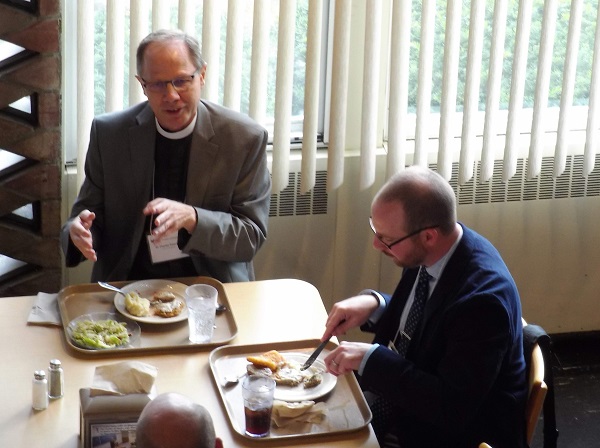
Dr. Gieschen later noted that artists often want to go farther than the text. For example, an artist may depict an angel with wings to go with a passage that is actually speaking of the Son. That said, art is still a visual way to reinforce theological truth. It just must be kept in mind that angelic art is shaped more by Christian history than Scripture.
As such, the Fall Retreat also marked the opening of the new art exhibit in The Wayne and Barbara Kroemer Library. These art pieces came from artists in churches across the country and include pieces drawn, painted, carved out of wood, and sewn, to name a few styles. Attendees took time during their breaks to find each piece displayed throughout the library—including the wall of art created by the children of the seminary community.
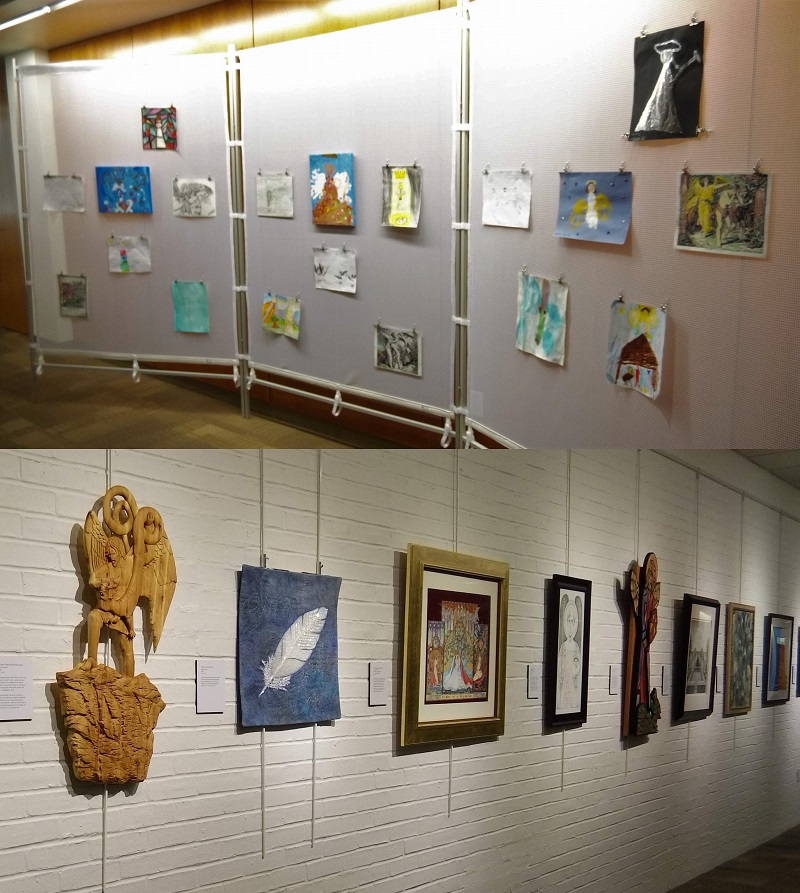
Today’s post features the lessons on art and angels, with only a bit about Revelation. On Wednesday, we will post more about the last book of the Bible and its focus on Christ (and the role of angels). Dr. Gieschen teaches a class on Revelation at CTSFW and wrote his dissertation on Angelomorphic Christology; essentially, the pre-incarnate Son as the angel of the Lord.
To learn more about biblical references to the angels as well as the angels role in worship in Revelation, CLICK HERE. Dr. Gieschen put these handouts together for his presentation.
